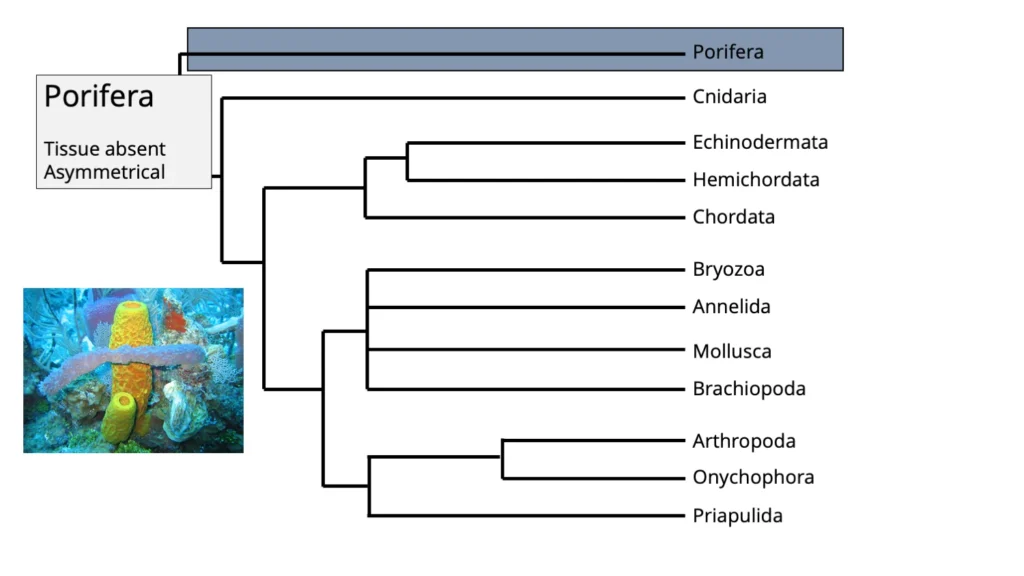Obelia – Definition, Structure, Metagenesis, Reproduction
Sea fur is an alternative term for Obelia. Obelia has a delicate, semitransparent, pale to light-brown hydroid colony. It consists of stems with vertical branches called hydrocauli and root-like branches called hydrorhiza. In order to complete its life cycle, Obelia’s asexual and sexual generations alternate. The life cycle of Obelia regularly alternates between hydroid and … Read more









